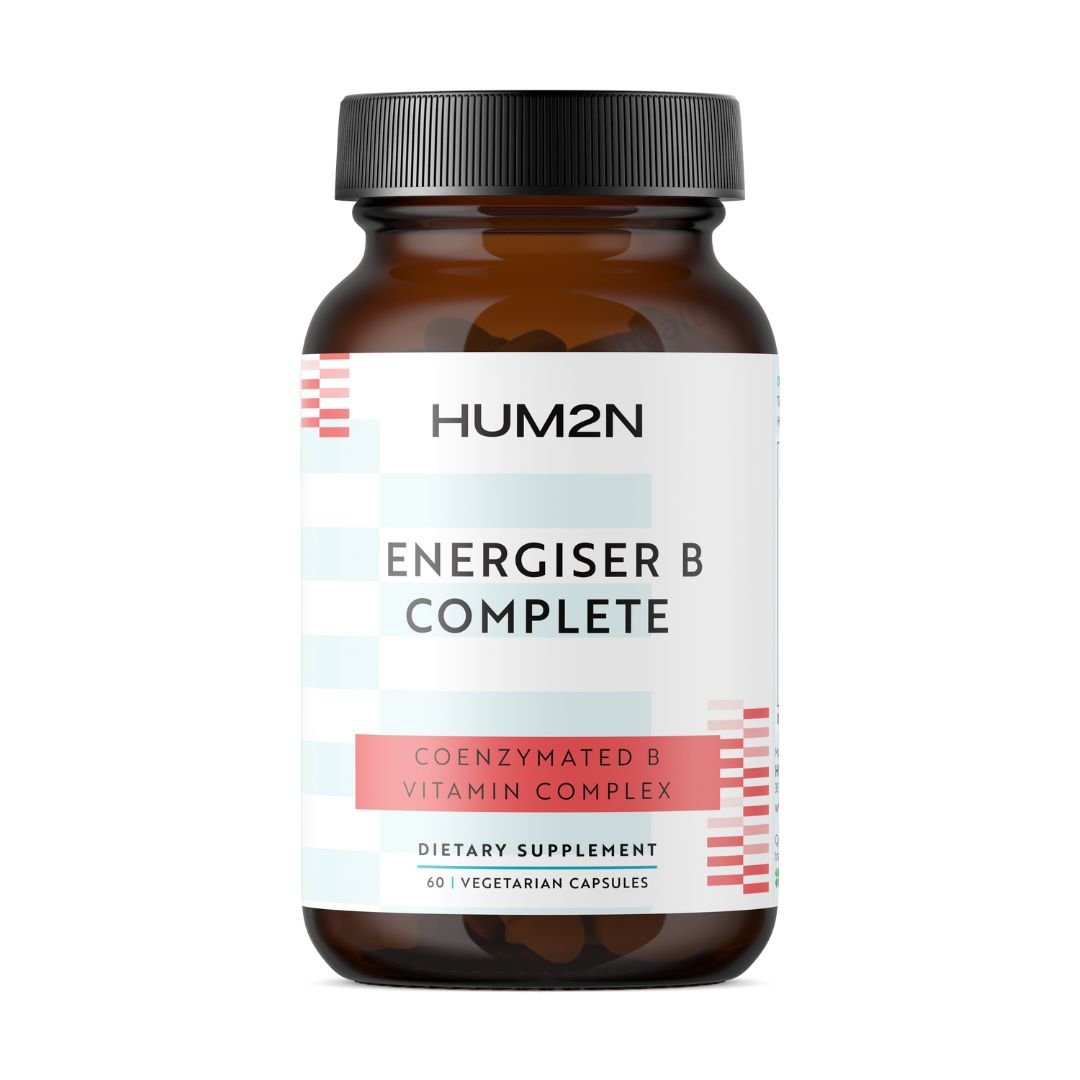We know that a poor diet will often result in poor health, but there’s a lot more to nutrition than what we put in our mouths. Hippocrates said it best when he declared, “All disease begins in the gut.” The gut has a far greater impact on our daily life than most of us realize. The efficiency of our digestive system is integral to everything from the immune system, hormone balance, mood regulation, and brain function. We are not strictly what we eat, but rather what our body is able to digest, absorb, and utilise.
The Journey of Food
To understand how your gut affects your entire body, it’s important to understand the journey of food. Digestion begins in your mouth, where enzymes in saliva start breaking down starches and sugars. In fact, there isn’t much true “digestion” happening at this stage but the breakdown begins here as chewing signals our stomach to prepare for food by releasing hydrochloric acid.
Muscular contractions in the esophagus send food down to the stomach, where it meets digestive juices powerful enough to break proteins into smaller chains of amino acids, while also killing off any potentially harmful bacteria. Insufficient digestive enzymes will mean the body is unable to break food down properly and, as a result, you won’t be able to absorb the nutrients within the food.
The food in the stomach then becomes chyme, which is slowly emptied into the small intestine. Here, chyme meets more digestive enzymes from the pancreas, liver, gallbladder so nutritional absorption can begin.
The liver is responsible for producing bile, one of the most important substances required for digestion. Bile is a digestive fluid stored in the gallbladder. It is released into the first section of the small intestine (the duodenum) during digestion, where it breaks down fats into energy that your body can use. However, if the liver or gallbladder are not working optimally, these digestive juices will not be produced adequately. Fats and proteins will remain undigested, which can lead to uncomfortable digestive symptoms such as bloating and gas. Not to mention, all those healthy essential fatty acids and fat-soluble vitamins which are passing right through the body!
In a healthy gut, digested nutrients are absorbed through the walls of the intestine into the bloodstream. The small intestine is lined with finger-like projections called villi. The epithelial cells of the villi transport nutrients from the intestine into these capillaries, which are then able to pass through into the bloodstream.
Gut Inflammation
Toxins, chemicals, bacteria, viruses, drugs and stress are all factors that can cause inflammation within the lining of the small intestine. Typically, our gut is able to neutralise internal inflammation to maintain appropriate permeability and keep our gut happy. These processes leverage many essential nutrients which we absorb from our food. However, when we have sub-optimal eating habits (such as not chewing our food adequately) and poor nutrient status, problems begin.
One such problem is known as leaky gut syndrome.
Leaky gut syndrome is a symptom of compromised digestion, whereby the cells of the small intestines separate slightly, leading to increased intestinal permeability. This creates a cascade of downstream effects including poor absorption of nutrients, increased susceptibility to infection, and the development of food sensitivities.
Food sensitivities occur when these ‘leaky’ cells allow undigested food particles into the bloodstream. The immune system then recognises these particles as ‘invaders’ and triggers an immune response, through antibodies (or immunoglobulins) IgA, IgE and IgE:
- IgE responses are a “true” food allergy as they occur immediately and can involve serious inflammatory symptoms such as swelling of the mouth and anaphylaxis.
- IgA and IgG reactions are classified as food sensitivities or intolerances and can take hours to days to appear. Reactions are varied and can occur on the skin or in the gut, causing nausea, constipation, diarrhea, brain fog, or skin irritation (especially worsening pre-existing conditions like eczema and psoriasis).
Inflammation also disrupts the bidirectional communication between the central nervous system and gut microbiota, which can contribute to an overgrowth of harmful microorganisms such as candida yeast, fungus and parasites. These harmful microorganisms can also cause inflammation, especially when the gut lacks adequate probiotic strains that work to defend the gut, perpetuating the cycle of poor gut health.
Gut Rehab Priority: Testing
The quality of what you put into your gut system will decide the function of your digestion, level of nutrient absorption, and inflammatory status. Unfortunately, most of us aren’t aware of food sensitivities that may be causing inflammation. Over time, gut inflammation is observed in a wide range of disorders, from nutritional deficiencies and hormonal imbalances to autoimmune disorders, inflammatory bowel diseases and depression.
To address food allergies or sensitivities, we must first identify them. Food sensitivity tests can run extensive panels of common foods to assess the body’s immune reaction in the form of IgE, IgG and IgA reactions. Once you understand the results of a food sensitivity test, this will help inform dietary healing protocols including elimination of inflammation-triggering foods.
Check out our Food Sensitivity Test Sample Report to review the full list of foods tested.
Another key to understanding what is causing gut inflammation is to understand your microbiome, which is as unique as your fingerprint. Obtaining clarity on your microbial and digestive environment can make the difference between managing discomfort or resolving it. Mapping your gut microbiome offers a look into the makeup of your gut microbiota – providing insights to the inner workings of the gut and how to optimize gut function and reverse inflammation.
Check out our Comprehensive Stool Analysis Sample Report to see the range markers tested including pathogenic species, inflammation profile, immune factors and more.
Gut Health 2.0
Getting the gut back to optimal functioning is perhaps the best starting point to revamp your overall health and wellbeing. Gut rehab, just like any other system, begins with a comprehensive and accurate understanding of the gut’s current status. Reviewing the journey of food, we can see that the gut is a complex system where many things can contribute to inflammation and poor function. Laboratory tests like food sensitivity testing and digestive mapping, are invaluable to creating a personalized and effective plan to reverse damage and support gut function.
Book your discovery dive with our team today to get your gut health back on track!







